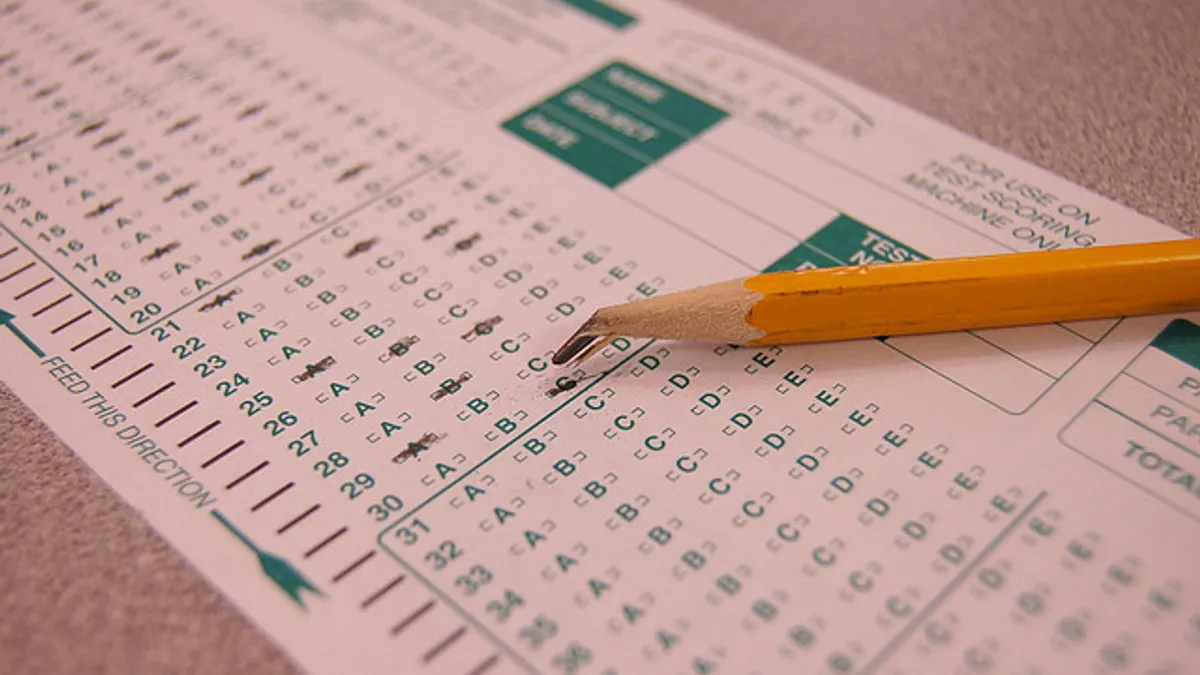Dive Brief:
- Christine Fax-Huckaby, a special education academic support teacher in California's Sweetwater Union High School District, writes for eSchoolNews that "universal design for learning," or UDL, can offer a blueprint for teachers looking to create learning goals for learners across general and special ed.
- Resources related to UDL are available online for free and promote hands-on, collaborative learning that is goal oriented, Fax-Huckaby writes.
- She says that the collaborative model can also improve Common Core-aligned learning goals by creating individualized support with lessons based on each student's learning styles and needs.
Dive Insight:
UDL utilizes a diverse array of components, often including audiovisual options, illustrations, enlarged print, or glossaries. The Every Student Succeeds Act (ESSA) encourages districts to use them to help learners with disabilities in particular, explicitly calling for states to use UDL principles when developing student assessments or comprehensive literacy plans.
The law also provides federal funding to defray costs associated with UDL implementation and planning, making it easier for districts to consider implementation without worrying about cost. Another benefit is that UDL principles aren't limited to learners with disabilities and can work for all students.
Goalbook has published a white paper detailing a five-step instructional design process for the classroom called "Different Paths Up the Same Mountain."





 Dive Awards
Dive Awards







